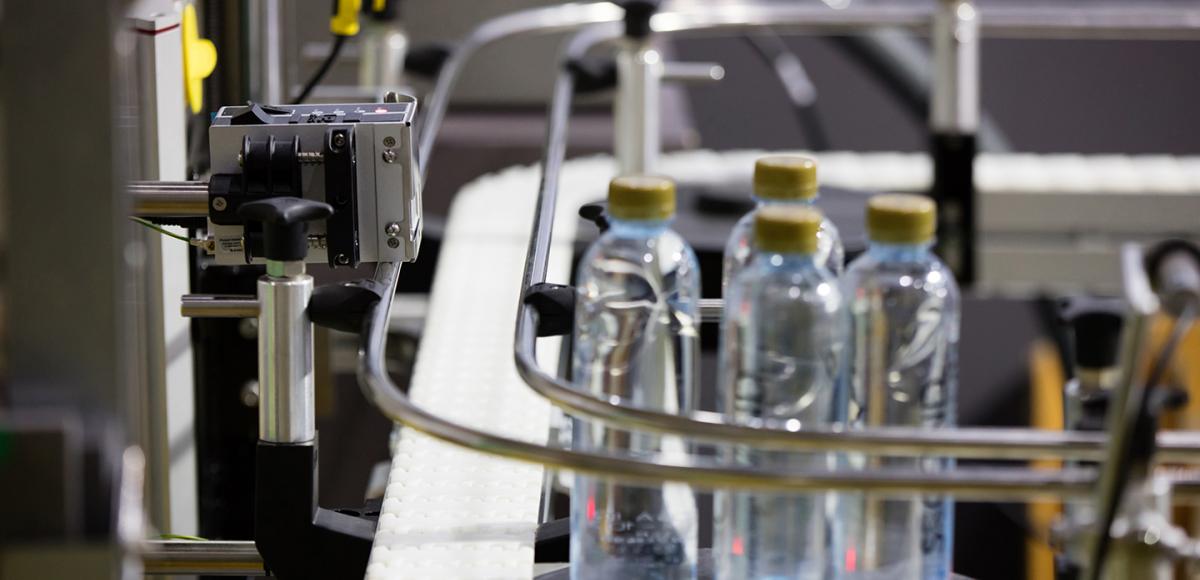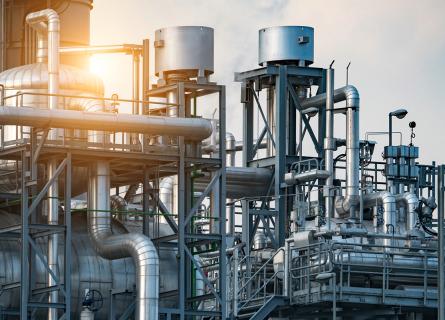
Food & Beverage industry is facing increased flexibility and safety demands
The Food industry has the largest turnover amongst all manufacturing sectors in the EU. The industry is impacted by megatrends like population growth, ageing and urbanization. To meet market demand, food manufacturers need to make constant developments and investments to fulfill the growing demands for new products.
The Food industry used to be a very conservative sector. Nowadays the industry has to adjust not only to customer oriented markets but also to the increasing speed of change that impacts the market. Digitalization, new legislation and constantly changing new food diets like non-carbohydrate diet, low sugar and low salt products set higher requirements for manufacturing processes and their flexibility.
Everything starts from well planned, high-level safety procedures
What is unique in the food and beverages sector compared to other industry sectors is the product safety, which ensures safety of the consumer. Product safety is achieved only if the whole supply chain is designed for this purpose. Food manufacturing is strictly guided with laws and standards, which are essential to know in order to be able to become a successful player in the sector.
Food safety is usually proven by certification, which ensures that all the necessary aspects are considered by the trader. These aspects are
- traceability
- warehousing
- access to factory site
- pest control
- allergen management
- cleaning protocols
- hygienic design of the factory and its equipment
Since traceability is a requirement enforced by law, every food sector company (big or small) has to be compliant. Each food sector trader should be able to trace and contact the previous trader about the used raw materials and the traders they are selling their products to; detailed chain of information about the food origin is established.
Product safety and hygienic principles set the baseline for design and engineering
For a new site it is wise to choose the food safety certification that will be implemented in advance, because the recognised food safety risks determine the engineering phase of the food factory. The purpose of risk management tools are to prevent the food safety hazards before they occur in the production process, and/ or control them effectively during the process itself.
The reason for applying hygienic design principles is to prevent contamination by making the process and the equipment cleanable, and avoiding foreign objects and external contamination sources. Hygienic design consists of factory design and process engineering. Factory design aimed at product safety should take into account how to minimize and eliminate product safety risks in the environment. Also the possible risks that will emerge inside the factory needs to be eliminated by implementing the correct layout and HVAC design.
Process engineering aimed at hygiene must consider that the production process is cleanable and there are no places for micro-organisms to hide and grow. It is achieved with the right equipment, materials and geometry.
Targeting for increased flexibility and safety
When investing in an existing factory or total new production plant the requirements set by laws & regulations, food safety standards and digitalization need to be taken into account in the early design and planning phases of the project. Designing the production process capable to meet the possible future production changes may cost a bit more but when thinking the whole life cycle of the plant it will pay back.
The food & beverage industry is at the beginning of digitalization. Digitalization is changing the business models of companies and provides new profit opportunities. For example, by utilizing the increased amount of data one can design a system that takes constant samples, instead of random checks, to make sure customers are less likely to get faulty products.

